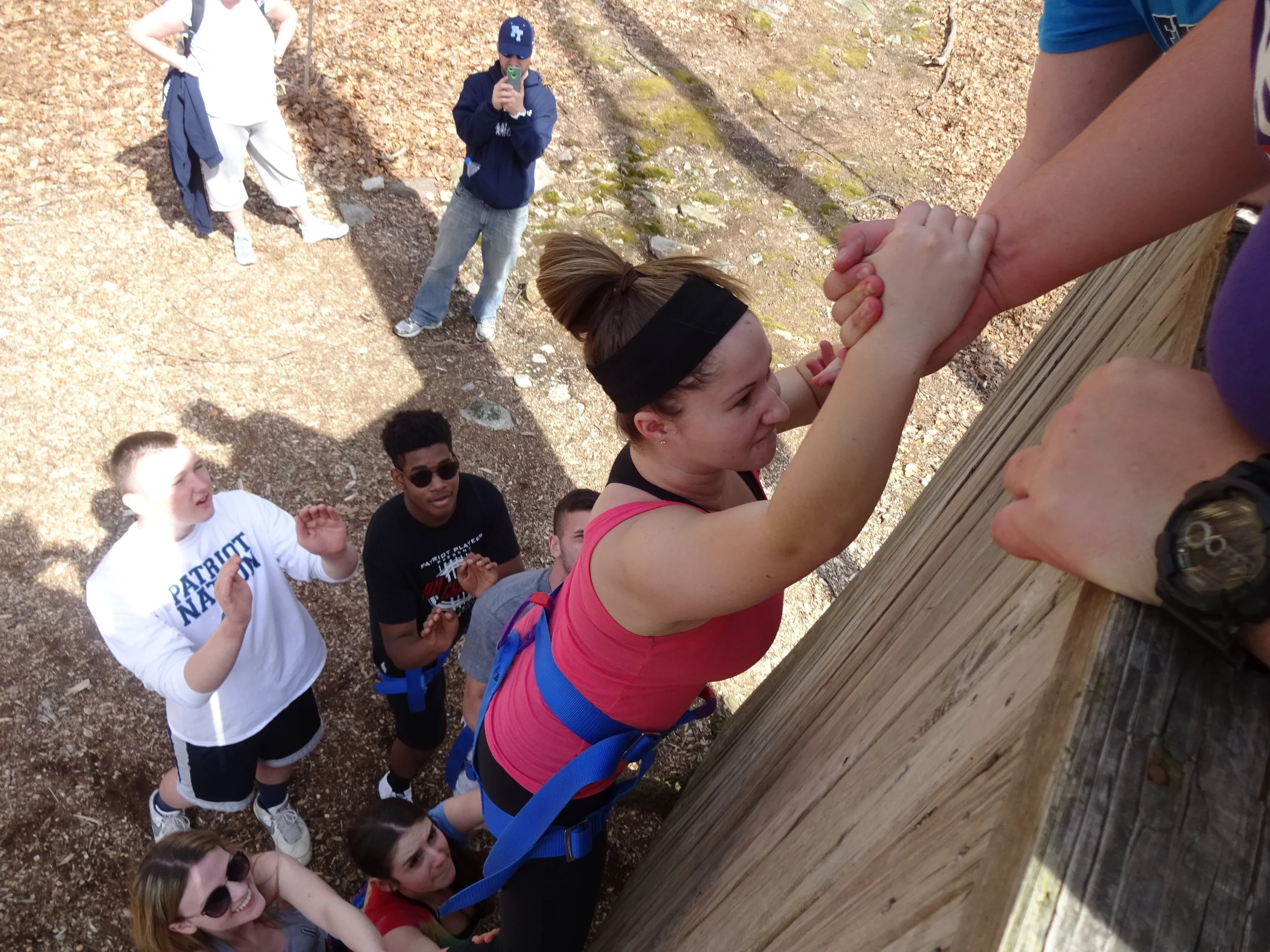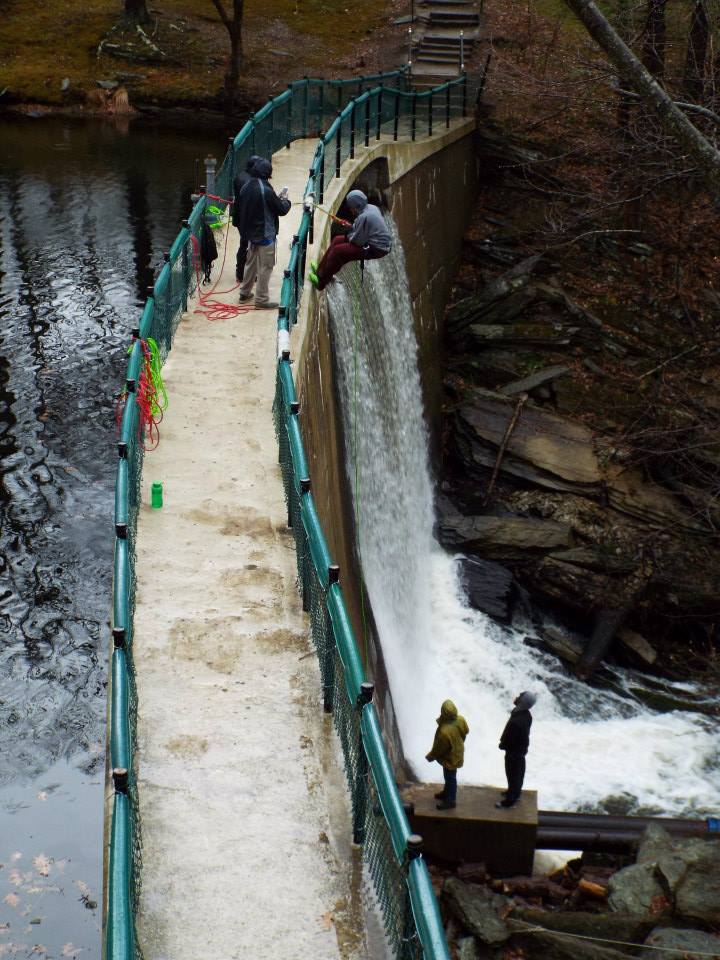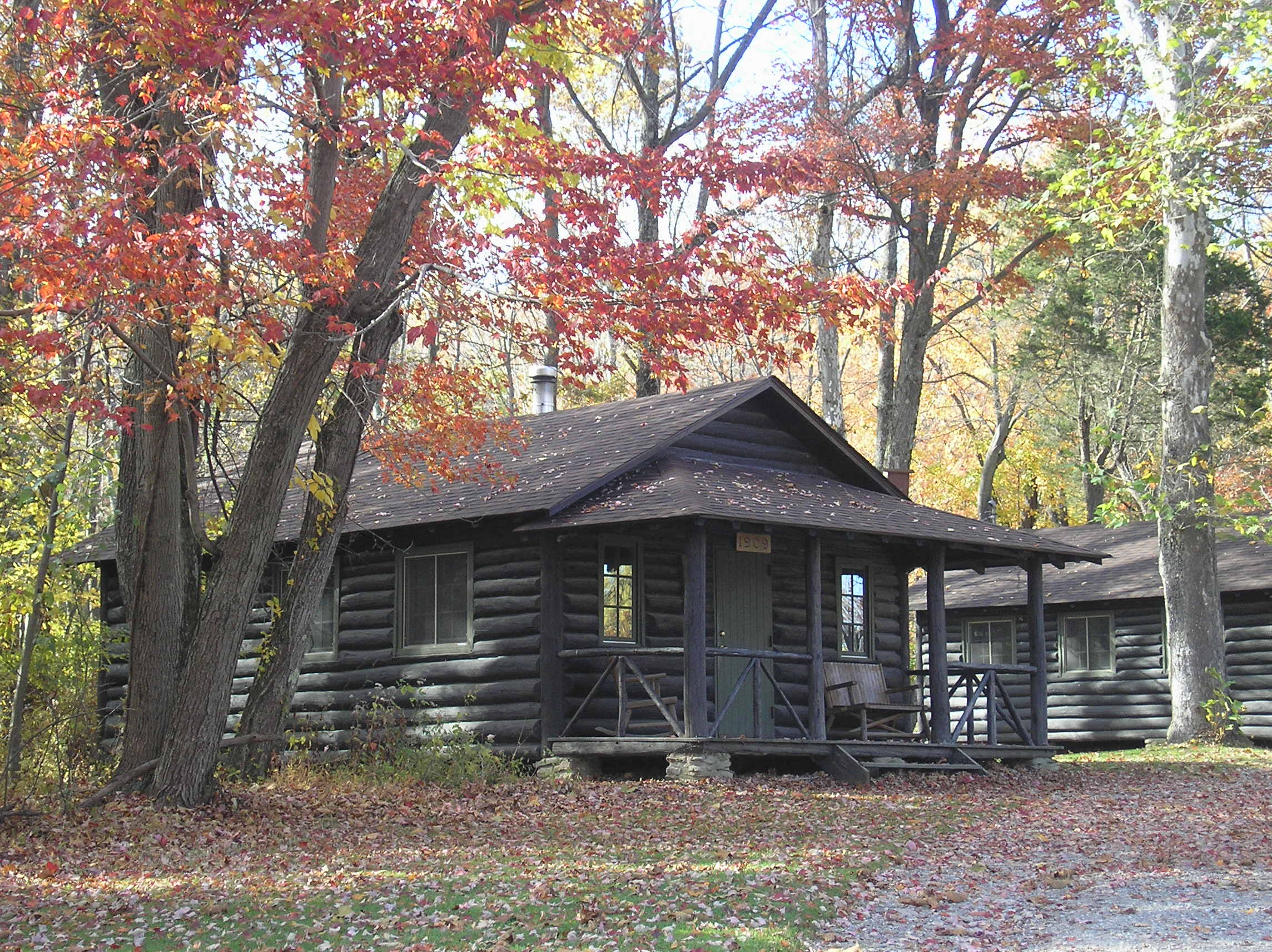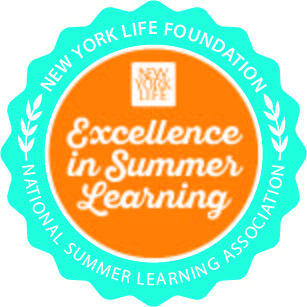Revised for 2020, PBC now offers five curriculum-aligned programs for you and your students featuring inquiry-based, hands-on science learning. Each program combines outdoor exploration with STEM- and SEL-reinforcing activities to help participants engage more deeply with science and the scientific method.
Forest Ecology: Plants
NJ Science Standards: MS-LS2-1, MS-LS2-4; NY Science Standards: 3-LS4-3, 3-LS4-4, 5-LS1-1 MS-LS1-5, MS-LS1-6, MS-LS2-1, MS-LS2-2
Have you ever wondered how plants live their whole lives rooted in one place? Explore while observing plant life in our forest! Identify plant structures, biotic and abiotic components of ecosystems, and their unique purposes through active exploration, hiking, and hands-on activities. Participants will have opportunities to examine water and nutrient cycling, along with the key plant processes of photosynthesis and transpiration.
Forest Ecology: Wildlife
NJ Science Standards: 5-LS2-1, MS-LS2-1, MS-LS2-4 | NY Science Standards: 3-LS4-4, MS-LS2-2, MS-LS2-4
Do you know which animals live in our forests? Take a walk on the “wild” side and find out firsthand! Hike, explore, and learn about habitats, predator-prey relationships, animal adaptations, and ecosystem factors, which together determine species’ survival.
Stream Science
NJ Science Standards: MS-ESS3-3, MS-ESS3-4, MS-LS2-5, HS-LS2-6 | NY Science Standards: 5-ESS3-1, MS-LS2-1, MS-LS2-5, HS-LS2-6
What impact does water have on plants, animals, and people? Through water-based activities, experiments, demos, and observations, examine the physical features and health of Bass Lake and Blair Creek. Then, apply on-site learning to theorize potential impacts of water quality on the health and survival of the living things that depend on it.
Sustainable Living: Gardens and Soil
NJ Science Standards: MS-LS2-3, HS-LS2-7 | NY Science Standards: MS-LS2-3, MS-ESS3-3, HS-LS2-7
So, you think you know what lives below your feet? Take a soil sample and get an up-close look at the components of healthy soil (including the macroinvertebrates that work to turn organic “trash” into topsoil “treasure”), and how soil composition affects our ability to grow food. Then, reflect and consider what you might do to increase sustainable behaviors and reduce food waste in your home, school, or community.
Sustainable Living: Energy and Sustainability
NJ Science Standards: 3-5-ETS1-3, MS-ETS1-2, MS-ETS1-3, HS-ETS1-3 | NY Science Standards: 3-5-ETS1-3, MS-PS3-6, MS-ETS1-2, MS-ETS1-3, HS-ETS1-3
What is energy, and how is it made, used, and stored? This program explores various forms of energy, including PBC’s hydroelectric, solar, and geothermal energy systems. Participants will also compare each method of energy production observed to “traditional” methods of energy generation. Additionally, students will be introduced to the concept of sustainability through the lens of energy and food consumption and consider how each relates to their own lives and choices.




















